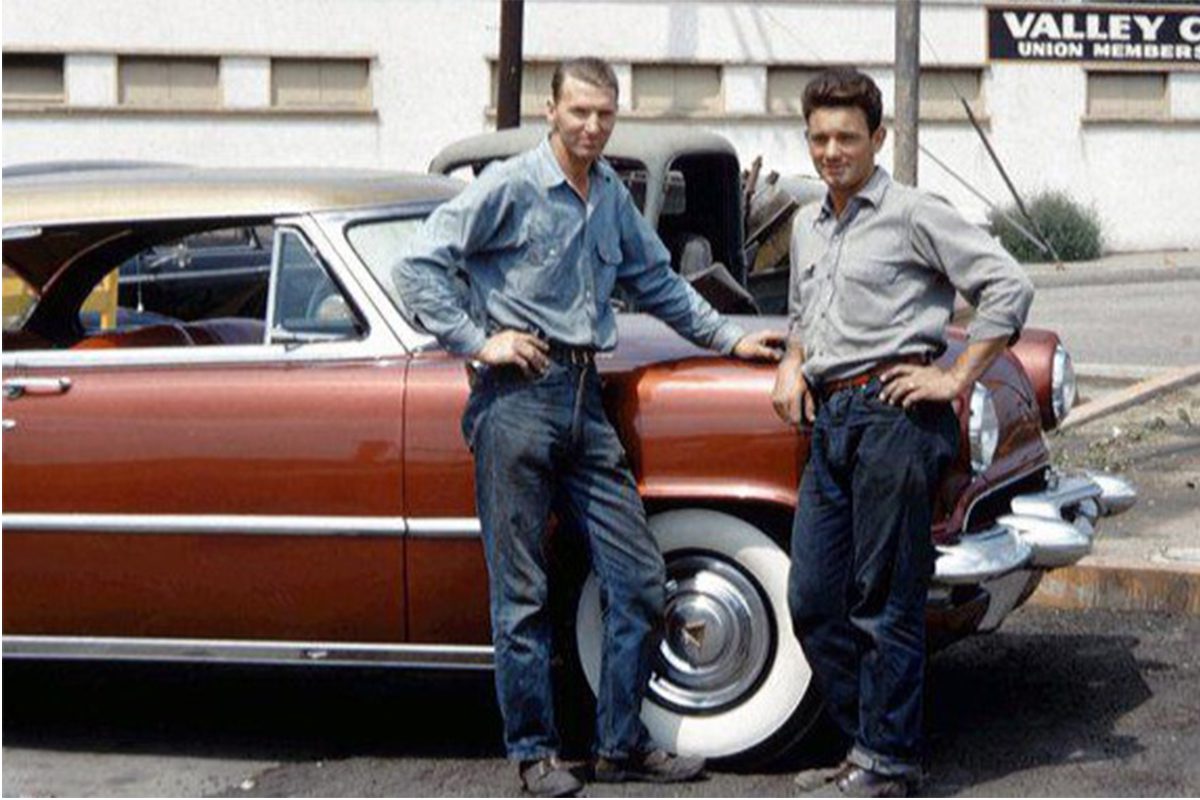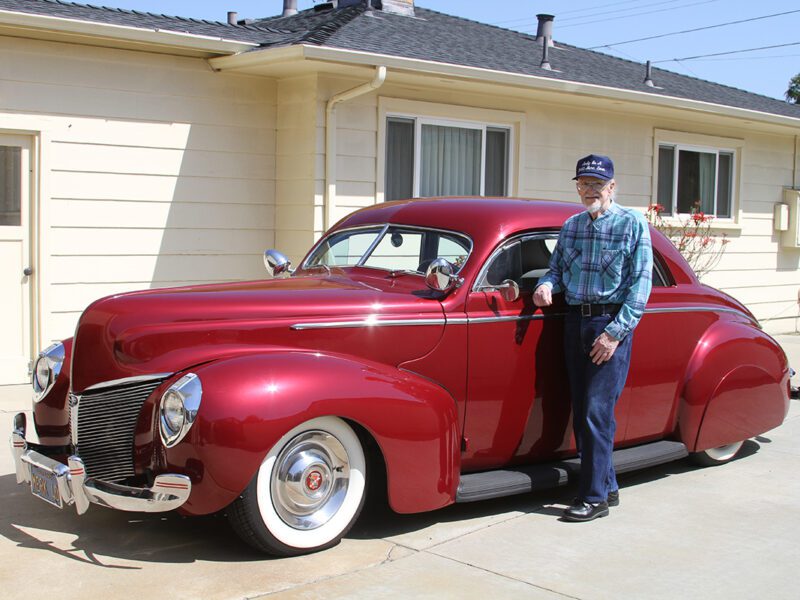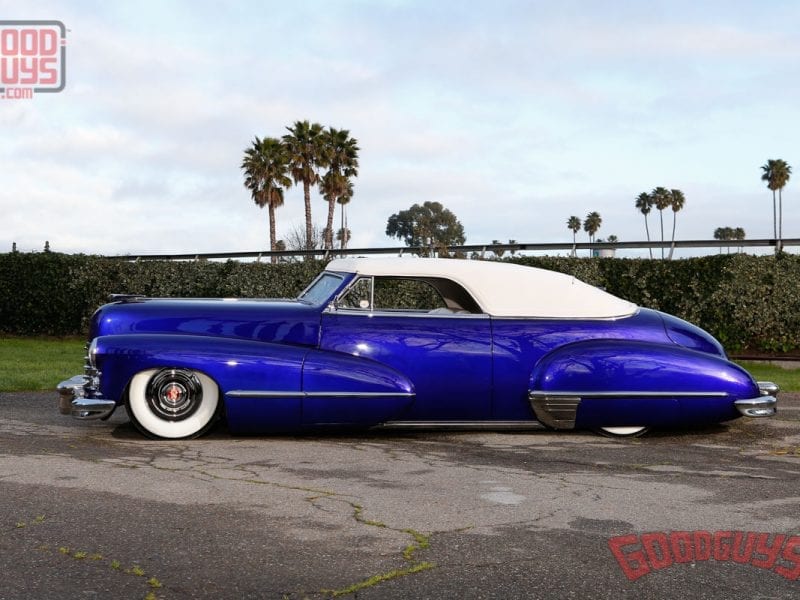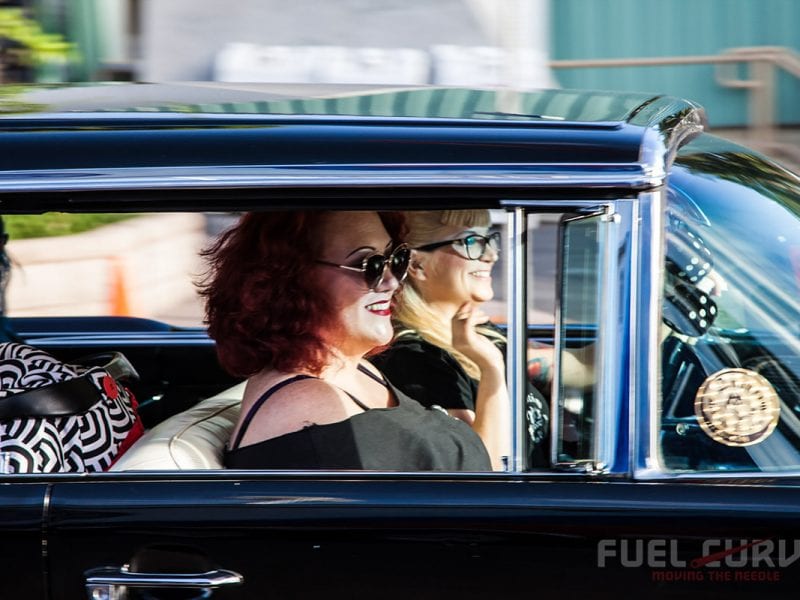Valley Custom Shop – Renowned Creators of Rods and Customs
Many of us of a certain vintage (read: boomer) remember the offbeat TV sensation of the late ’60s, Rowan & Martin’s Laugh-In. It was a madcap weekly variety show that, among other things, continually made fun of Burbank, California, where it was filmed. While the national impression of Burbank was colored by Laugh-In’s relentless mockery, hot rod history buffs know the city for something else: Home to two of the most famous hot rod shops of all time – So-Cal Speed Shop and Valley Custom.
Valley Custom was the brainchild of Neil Emory. Like so many hot rod legends, Neil began his automotive career at a very young age, earning a tidy sum washing and fueling cars for the brass at the Warner Brothers studios. By high school, he managed a service station. Neil also frequented a garage that built midget racers, doing odd jobs and soaking in the talents of the metal craftsman on hand. And in a stroke of serendipity, the garage shared a wall with a shop called CoachCraft. Again, he’d sneak in and watch their craftsman at work.
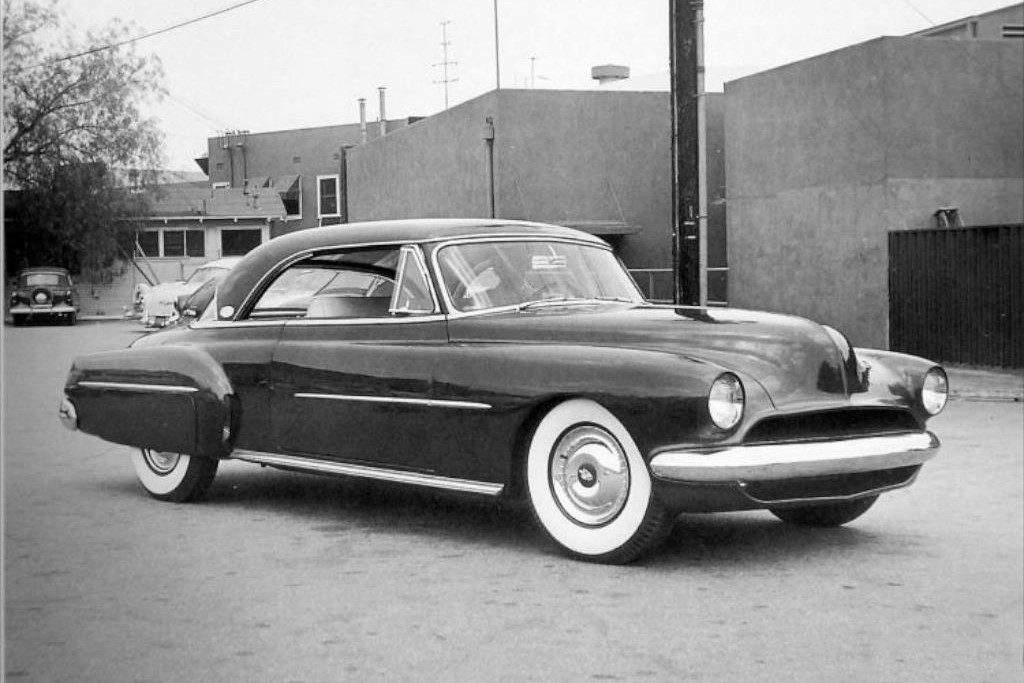
The Polynesian, a ’50 Oldsmobile built for Jack Stewart is a great example of Valley Custom’s thoughtful approach to customizing and restyling.
He enrolled in auto shop (remember those?) at Burbank High, where he crafted his first custom, a ’37 Dodge convertible, which he built in class! Following his discharge from the Navy after WWII – where he kept busy modifying officers’ cars – he landed a gig at a local body shop, where he further honed his skills. By this point, he also knew he wanted to open his own business, as he realized there was more to life than hammering out crumpled fender benders.
He enlisted his brother-in-law Clayton Jensen, an ace mechanic, to be his business partner. Emory and Jensen opened Valley Custom Shop in 1948 (two years after Alex Xydias launched So-Cal Speed Shop). The duo’s vision was to emulate the European coach builders, but rather than craft unique cars from scratch, they would torch and tweak stock cars into more compelling shapes. Chopping and channeling were two of the shop’s specialties.
Motor Trend magazine once described Valley Custom’s approach: “They didn’t necessarily obliterate the car’s original lines, but accentuated them and made the overall design flow better. Their cars often looked more like factory design exercises or sleek European creations rather than customs or rods.”
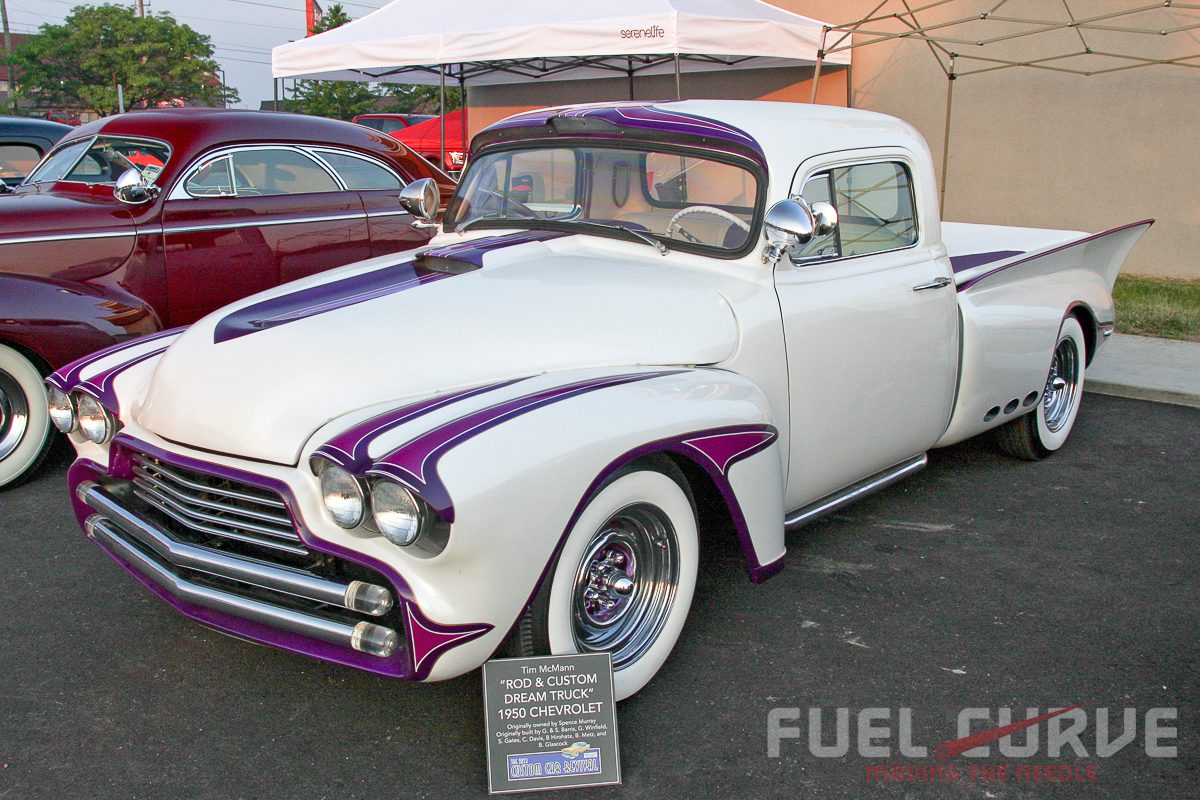
Valley Custom Shop were involved in the Rud & Custom Dream truck.
A comprehensive list of historically significant rods and custom cars restyled by Valley Custom would fill this page. The website Kustomrama lists 42 cars built or modified by Emory and Jensen. This does not include the handful of personal cars Emory built. Among the highlights:
The Xydias So-Cal belly tank and ’34 Ford cabriolet
Norm Grabowski’s ’22 Ford Kookie T-bucket
Dean Batchelor’s ’27 Ford Model T roadster
Jack Stewart’s ’50 Oldsmobile, The Polynesian
Rod & Custom Magazine’s Dream Truck
Bill NieKamp’s ’29 Ford roadster
Then there’s the iconic ’29 roadster of Dick Flint. This roadster featured a unique hand-formed aluminum track nose – here Emory drew on his midget background. Moreover, the shop smoothed the body lines to mimic those of a ’32 Ford.
The Flint roadster was so impressive the editors at Hot Rod Magazine orchestrated a cover shoot that is among the publication’s most memorable. It shows the roadster stopping at a crosswalk with the passenger, a young man with blonde slicked-back hair, tan chinos, and white socks, bailing out of the car. Why? He’s looking to chat up a winsome coed, strolling in black-and-white saddle shoes cradling an arm full of books. The issue is May 1952.
To get a historic perspective on Valley Custom, we tracked down the aforementioned Mr. Xydias, our go-to centenarian for insight. “Valley Custom was one of those shops that could do everything,” Alex says. “I remember on our So-Cal streamliner we tried several shapes for a headrest. None was quite right. Then Neil and Clayton fabricated the perfect design. One reason for Valley Custom’s success, by the way, was how well those two worked together.”
Next, we dialed up famed designer, historian, and former Hot Rod feature editor Thom Taylor. His praise was equally effusive. “Valley Custom was a pinnacle among custom shops of the day,” Taylor explains. “All their cars had a clean, tasteful look. Because Neil and Clayton worked under the banner of Valley Custom, their work is often under appreciated. It shouldn’t be.”
In the 1960s, Valley Custom closed, and Neil joined the Chick Iverson VW Porsche dealership in Newport Beach as body shop manager. Neil’s car-guy DNA was passed on to his son, Gary, who joined his father at the dealership, eventually managing the parts department. Gary eventually started Porsche Parts Obsolete. which helped keep many of the marque’s early models on the road. And Gary’s Porsche career inspired his son Rod to embrace Porsche culture, starting Emory Motorsports, a successful and influential vintage Porsche hot rod shop.
Neil Emory passed away in 2004, but not before his vision and craftsmanship inspired countless customizers and rod builders over the decades since Valley Custom made its mark. Is there a better definition of a legend of hot rodding than that?

